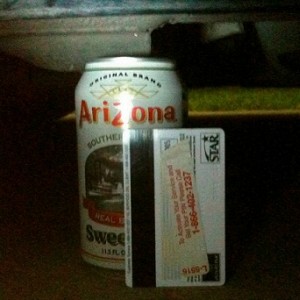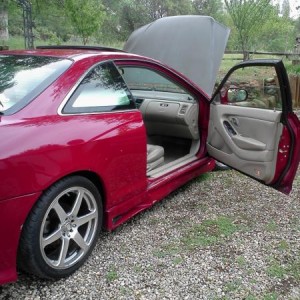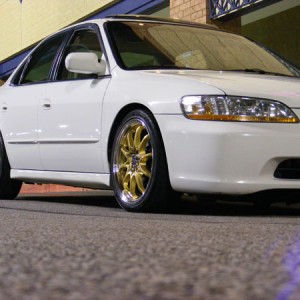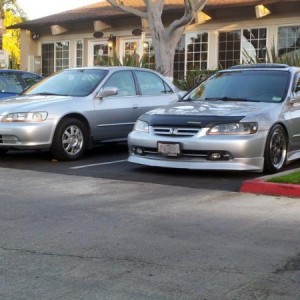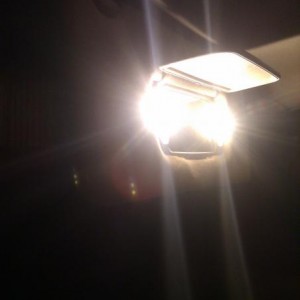i'll add a couple more tips:
1. sunset is the best time for photoshoots... u'll normally get abt 30 mins of good lighting during sunset, so make preparations before sunset!
2. always shoot with the sun behind u
3. good places/ backdrops for photoshoots:
- garages
- mountain roads
- construction sites (or newly developed areas)
4. JDM style shots are cool, but 45 degree shots are too much imo..
i would like to add some good areas where you can take.
-on top of a building with skyscrappers
-old broken down house
-some areas of the park is nice
-around the lake or the bridge of the lake






